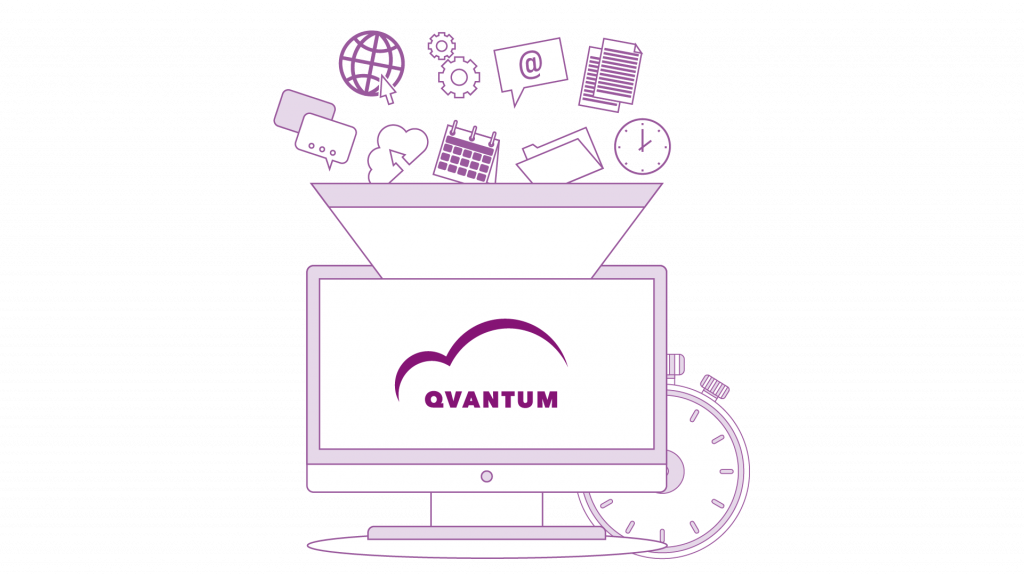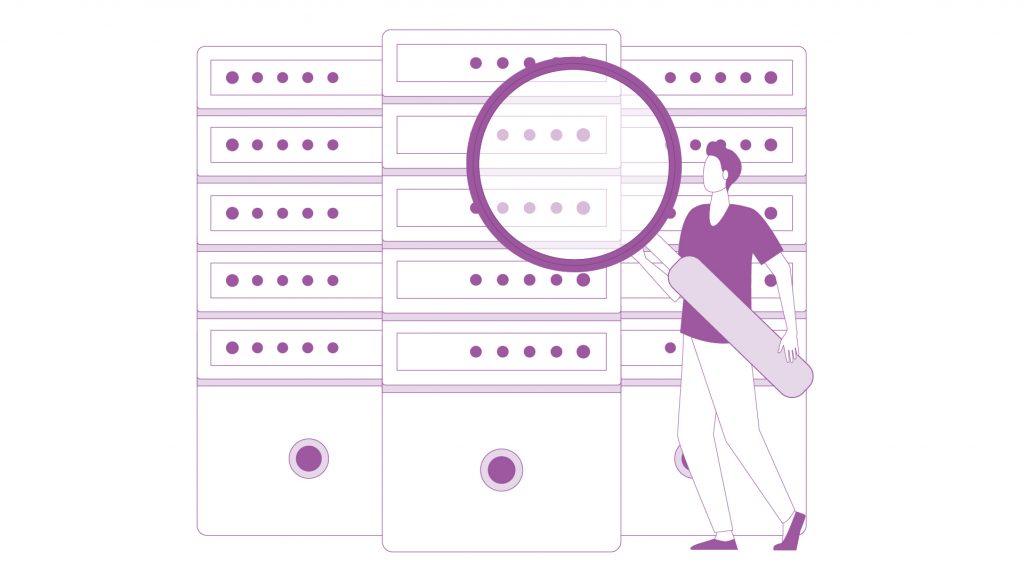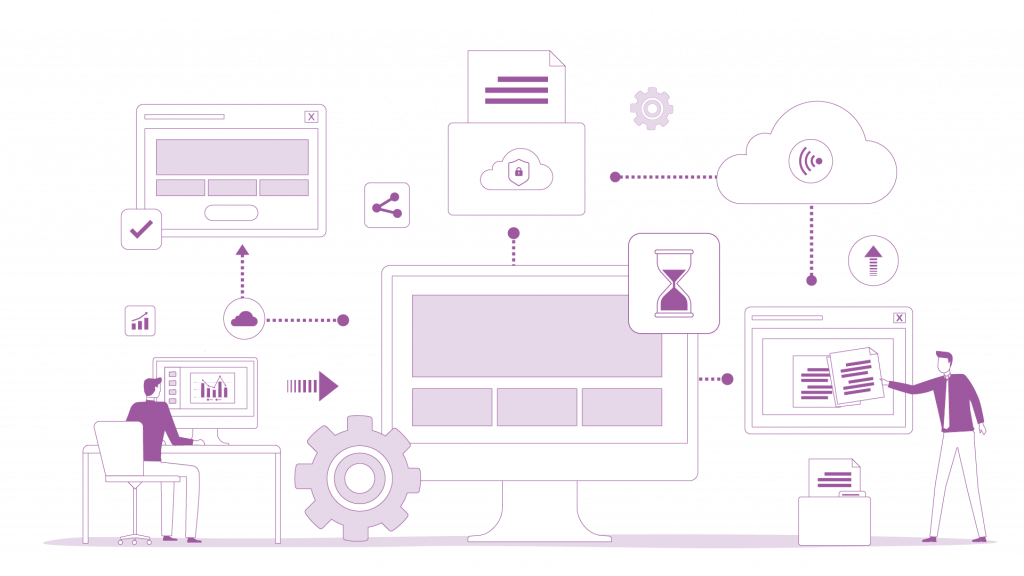Clear data preparation and analysis will drive your business to the top - Part 1: The problem definition
In 2023, successful entrepreneurs (and those who want to be) no longer see a multi-page Excel folder with seemingly endless columns of data as the solution to their data chaos.

Much simpler and more convenient is the automatic collection of all data in a central software to bypass time-consuming quality management processes. Contemporary planning in a company stands and falls with a central solution for capturing your company data. Cloud-based, it represents a win-win for the company, as it requires less capacity for administration. Moreover, it can be flexibly adapted to the needs of the company. It’s all clear and trustworthy. Without in-house IT and eternal implementation times and costs, onboarding couldn’t be easier. It makes sense to choose a cloud-based planning solution like QVANTUM.
Now let’s assume you’ve already focused on higher agility, scalability and automation, and have chosen a Saas solution, for enterprise planning. Nevertheless, one question remains in the room: How do you prepare a transparent view from this stable foundation, which you can always present to your team, other departments or your superior on a daily basis?

Pre- and post-processing of your company data is crucial
The answer to this question starts with the way you prepare and present your company data. This task takes a leading role in corporate planning. In modern enterprises, there is a flood of data available that needs to be analyzed and processed. The data used in analysis applications comes from various internal or external sources. Often, the data is unstructured and, depending on the data origin, partially error-prone or inaccurate. Unstructured, they still have no meaningfulness and are the basis for processing. Duplications, missing or incorrect data and exclusion areas are the thorn in the side of every company on the road to success. Unfortunately, they still occur frequently. The price for such poor data quality is conceivably high. Not only competitiveness suffers, but also the wallet.
Thus, strategic preparation of data for subsequent analysis is the be-all and end-all and the central prerequisite of any good planning process. Data requires a high degree of cleanliness, consistency, completeness and timeliness in order to deliver the desired results in subsequent analysis processes.

Data verification in business planning
From the tradition of data preparation, to the solution of modern times Traditionally, data preparation was the responsibility of IT. However, there is often a lack of time or resources to prepare data manually, let alone to model and check it. Depending on the goal of the data analysis, various tables from a data warehouse, Excel and CSV files have to be merged in order to make a decision based on the available data. This is not only a very time-consuming process, but also very error-prone and in no sense up-to-date, nor agile. Anyone who has already analyzed data knows that a consolidation of data regarding a single question can be very complex. But how does it look when several questions arise every day that require an actual, tangible answer?

A central solution is needed
A (central) solution opened up in order to quickly, currently and reliably obtain substantive information from the data. A central software for data preparation allows conclusions to be drawn about the situation and state of the company without burdensome additional work. You already know that. However, in order to clearly prepare the corresponding results of the data analyses and to break them down to the essential figures depending on the situation, a little more hard work is required. The magic word here is business intelligence tools.

Business Intelligence tools increase your company’s success
Data preparation tools, so-called Business Intelligence (BI) tools, take away what is perhaps the most important step in data processing - the tedious creation of datasets, which in turn are needed to create, and train analysis models. If you let your eyes wander over the smart options for preparing data for the executive suite, you will quickly come across Power BI, Tableau or Qlik. These are already variously established software for the visualization of data.
Many companies are already using such tools to consolidate information from production, sales or controlling and present it in a way that can be quickly grasped. But here, too, there is a functional gap. This arises from the need for internal, cross-departmental transparency. The well-known BI tools function very reliably, but especially with regard to the HR department and its specialist applications, they are unable to perform a balancing act between the figures of the individual departments. In this context, it is often not enough to consider all departments separately when it comes to corporate planning.

Company goals can be achieved faster and more cost-effectively if measures taken by the individual departments are coordinated with each other and their success is evaluated across departments. In order to use data optimally as a basis, many companies would like to have a way to clearly overview the general state of affairs at a glance. This is also essential for a company’s executives. They can track the company’s performance and make decisions that are in line with the ever-changing market trends.
Don’t worry, we have a solution for them for this as well. Find out what it’s called, why it’s so smart and how you can benefit from it as quickly as possible in the second part of this article.
